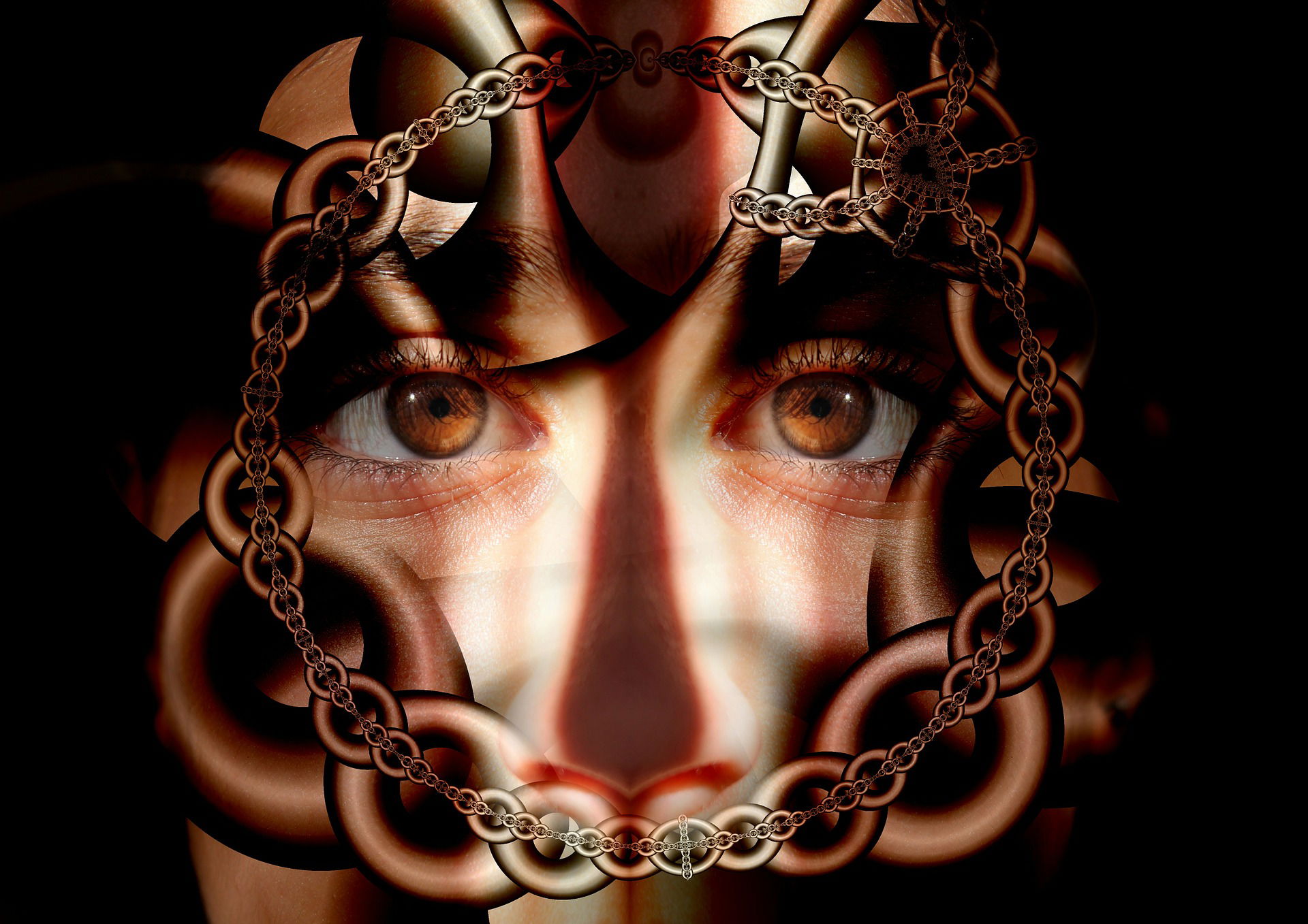Reality testing and schizophrenia.

Jason Brien.
Schizophrenia is a mental disorder which affects over 20 million people worldwide. People diagnosed with schizophrenia are 2 - 3 times more likely to die early compared to people in the general population Schizophrenia is characterized by distortions in thinking, perceptions, emotions, language, sense of self and behaviour. People who experience schizophrenia will also experience hallucinations and delusions.
People diagnosed with schizophrenia suffer from positive and negative symptoms. Negative symptoms refer to the behaviours, feelings, etc., which are absent or 'missing' such as loss in feelings of pleasure, withdrawal, coherent speech, etc. Positive symptoms are highly exaggerated ideas, perceptions, or actions that show the person can’t tell what’s real from what isn’t real. These can include hallucinations, delusions, disorganised thoughts.
Reality testing for an individual suffering from schizophrenia needs to look like a prosecutor presenting a case to a jury. As in all trials by jury, the aim is to prove ‘beyond a reasonable doubt’ that a person did or did not commit the crime in question. In the absence of concrete evidence (i.e., DNA, CTV, witnesses etc) the prosecutor’s case is circumstantial. The prosecutor has a much harder time proving to the jury, beyond a reasonable doubt, that the defendant committed the crime.
The person suffering from schizophrenia must challenge their delusions and hallucinations in a similar manner. The individual diagnosed with schizophrenia must become the prosecutor and the delusions and hallucinations must become the defendant. The person experiencing schizophrenia must prove to a hypothetical jury, beyond reasonable doubt, that the delusions and hallucinations are either real or not real.
For example, let’s say the person suffering from schizophrenia hears voices. How can they prove beyond a reasonable doubt that these voices are real or not? They could ask someone who is with them at the time if they hear the same voice. If the other has no hearing difficulty and subsequently says that they do not hear the voice, then that would be a tick in the ‘does not exist beyond reasonable doubt’ box. What if this single person is not enough to dispel the delusion/hallucination?
The individual suffering from schizophrenia could record their surroundings and play the recording back. If no voice is heard on the recorder then that would be another tick in the ‘does not exist beyond reasonable doubt’ box. What about visual hallucinations? Let’s say a person diagnosed with schizophrenia sees a spider on the wall. The spider is black, has eight legs and is of a reasonable size for a spider. How can the person suffering from schizophrenia prove beyond reasonable doubt that the spider is real and not the product of a hallucination?
They can google ‘spider types’ until they see a spider which resembles the spider on the wall. This would be a tick in the ‘exists beyond reasonable doubt’ box. They can ask another person in the room if they see the same spider. If the other agrees then that’s another tick in the ‘exists beyond reasonable doubt’ box. If the spider however was 2 metres big and glowing bright green, a google image of the spider is unlikely to come up. That would be a tick in the ‘does not exist beyond reasonable doubt’ box.
Reality testing can be learnt and achieved though which leads to a better standard of living. People diagnosed with schizophrenia should always work closely with their therapist and doctors and ensure that if they are taking medication, they do so in accordance with the prescribing doctors advice. Many people diagnosed with schizophrenia will require substantial support to help them to reality test effectively.
People diagnosed with schizophrenia may also seek support and assistance through community support programs which aim to help the diagnosed person make and maintain social connections, access physical health resources and access appropriate accommodation, work or study. Diagnosed people may require different levels of intervention depending on the severity of the condition and the degree to which they have other levels of support (i.e., family support, etc).
Resources
https://www.sciencedirect.com/topics/nursing-and-health-professions/reality-testing